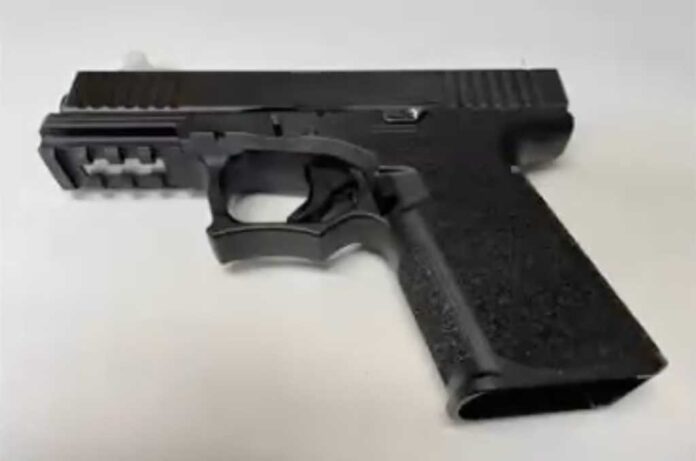
So-called “ghost guns” occasionally wind up in the wrong hands
Many firearms owners have long enjoyed the flexibility of building their own firearms by purchasing the required parts separately. The process allows the builder to put together a custom firearm that often surpasses the quality of a pre-assembled model.
To comply with federal laws, specific parts – typically a receiver or frame – are engraved with a serial number and are legally considered the “firearm.” To purchase these parts requires the buyer to undergo a background check and the paperwork normally required to purchase a fully assembled rifle, shotgun or pistol.
Advances in technology, however, have brought the ability to manufacture firearm frames and receivers into the home using 3D printing. Creating your own parts has always been legal as long as the completed firearms remained in possession of the person who made them. The same is true for 3D printed guns, which is still something of a niche option largely limited to technology enthusiasts.
A new twist on this practice in recent years has seen some manufacturers offer unfinished frames and receivers for sale. Known as “80 percent” receivers, these require a buyer to use machine tools to complete the manufacturing process on their own. Once that is done, the other parts needed can be purchased separately and assembled into a completed firearm. Because the receivers are less than 80 percent complete, under federal law they do not require the usual background check or serial number that complete receivers must have. The same is true of 3D-printed receivers or frames.
“People do it for fun,” said Josh Kehler, owner of Oregon Rifle Works, a popular Tigard firearms shop. “There are places you can order them online and have them shipped, and there are a lot of people who are building polymer 80 Glocks – we get people every day wanting to buy parts. But you just don’t see that many turn up in crimes.”
Kehler said his customers tell him they enjoy the challenge and satisfaction of building their own firearms. He estimates that despite the fact 80 percent frames and receivers can be purchased without a background check it is still far more likely for criminals to obtain guns on the black market.
In spite of that, local police are now starting to see these types of guns in the hands of people who are not legally able to own firearms. Because they lack serial numbers, it is therefore impossible to tell where they might have come from.
Tigard Police Department Commander Jamey McDonald pointed to a pair of recent cases where these so-called “ghost guns” have been found in local schools in the hands of teenagers. In one case at Fowler Middle School, a 15-year-old was allegedly found in possession of a firearm with an 80 percent frame. This particular firearm appeared to lack several crucial parts, rendering it unable to fire live ammunition. But it would not take long to add those parts.
“The thing that’s concerning for us … is that looks very much like the firearm that I’m carrying right now,” McDonald said. “That one is not currently capable of firing but it could be made capable of holding ammunition and shooting.”
Tigard Police School Resource Officer Nick Nunn is assigned to work at Fowler Middle School and is involved in the investigation. He said at a recent Tigard Public Safety Advisory Board meeting that a similar case was opened in Beaverton the same week.
“The day after we located that one, the Beaverton SRO called me to inform me that they had located a student that also had a ghost gun,” Nunn said. “They tried interviewing him and they got some information from him but not a lot.”
Firearms experts, however, say that 3D printing technology still can’t create the same type of sturdy, reliable parts that are used in pre-manufactured firearms. And that’s without considering the need for a steel barrel and other critical internal parts.
“You have to have a printer, you have to know how to program it – it’s not a simple process,” Kehler said. “It’s not a novice thing. Most people that can afford a 3D printer and can understand CAD (computer aided design) software to make something out of it are not criminals, that’s just way too much work for criminals.”
McDonald agrees.
“I would call this an isolated event,” he said of the Fowler Middle School case. “But it’s good awareness for people. What we are typically seeing is more the 80 percent ones – they are both (3D printed and 80 percent) considered ghost guns because they are not serialized. But are we seeing it more prevalently than we have in the past? I don’t know if we are. What’s most concerning to us is that it was a kid.”




















